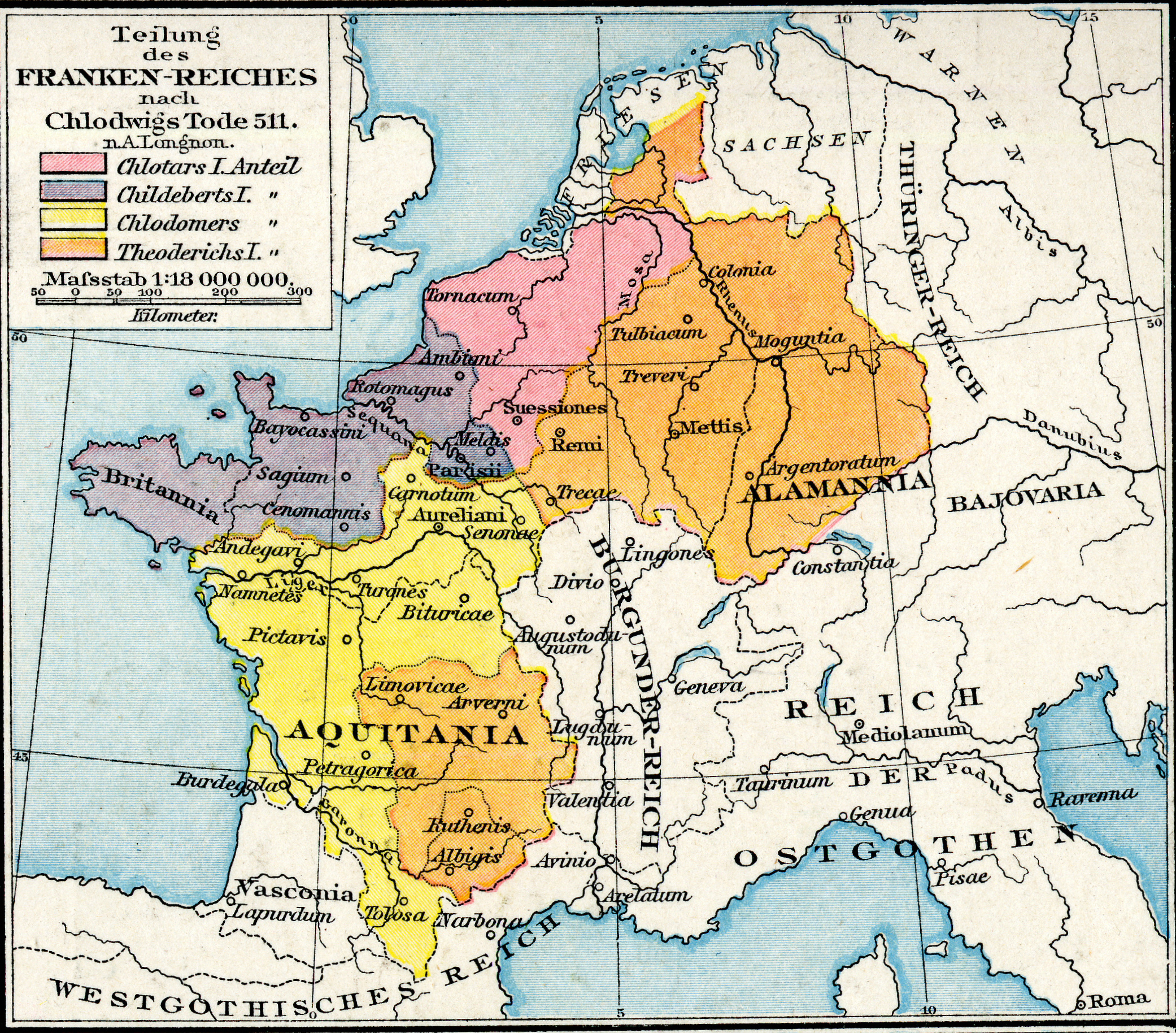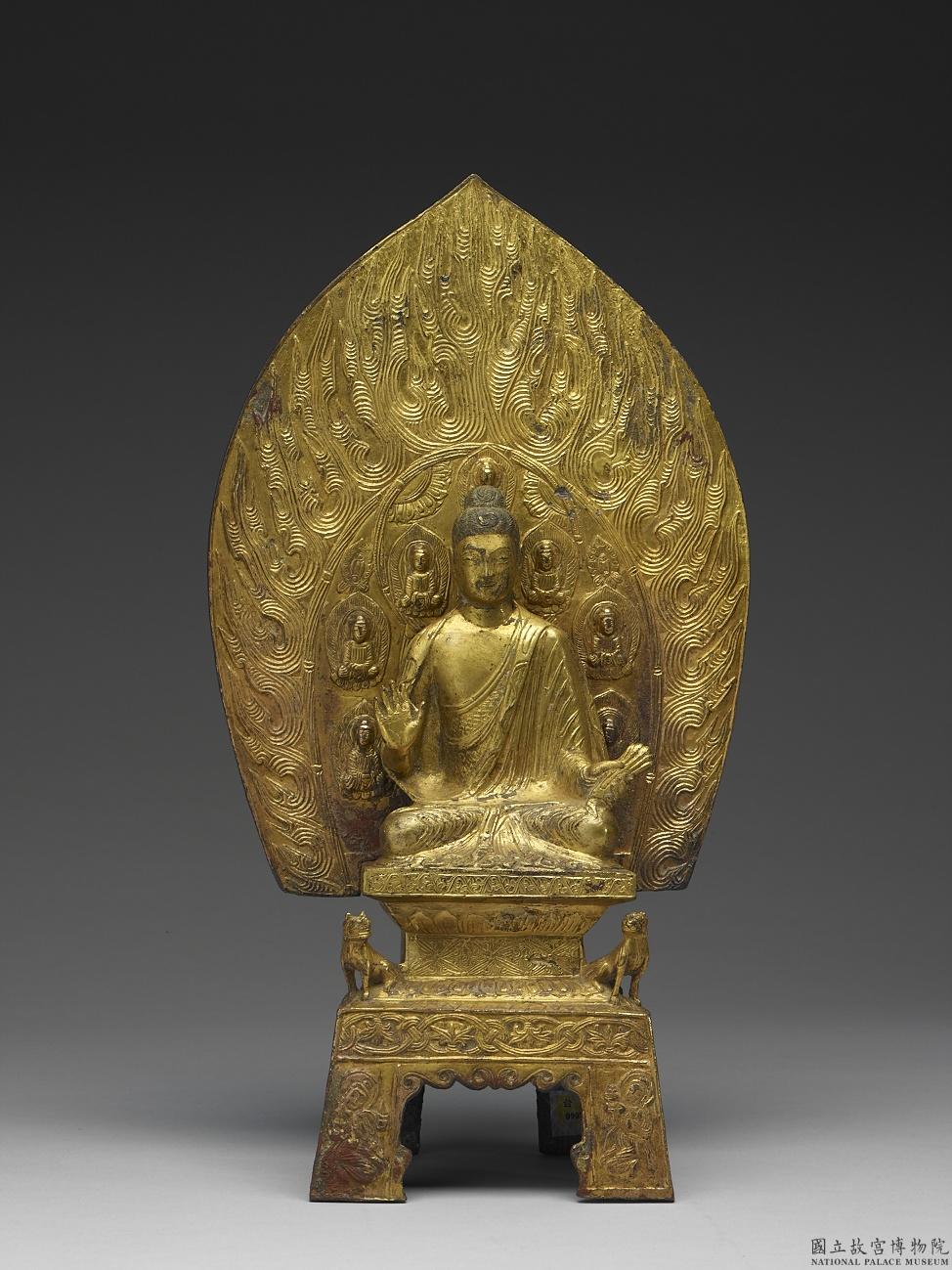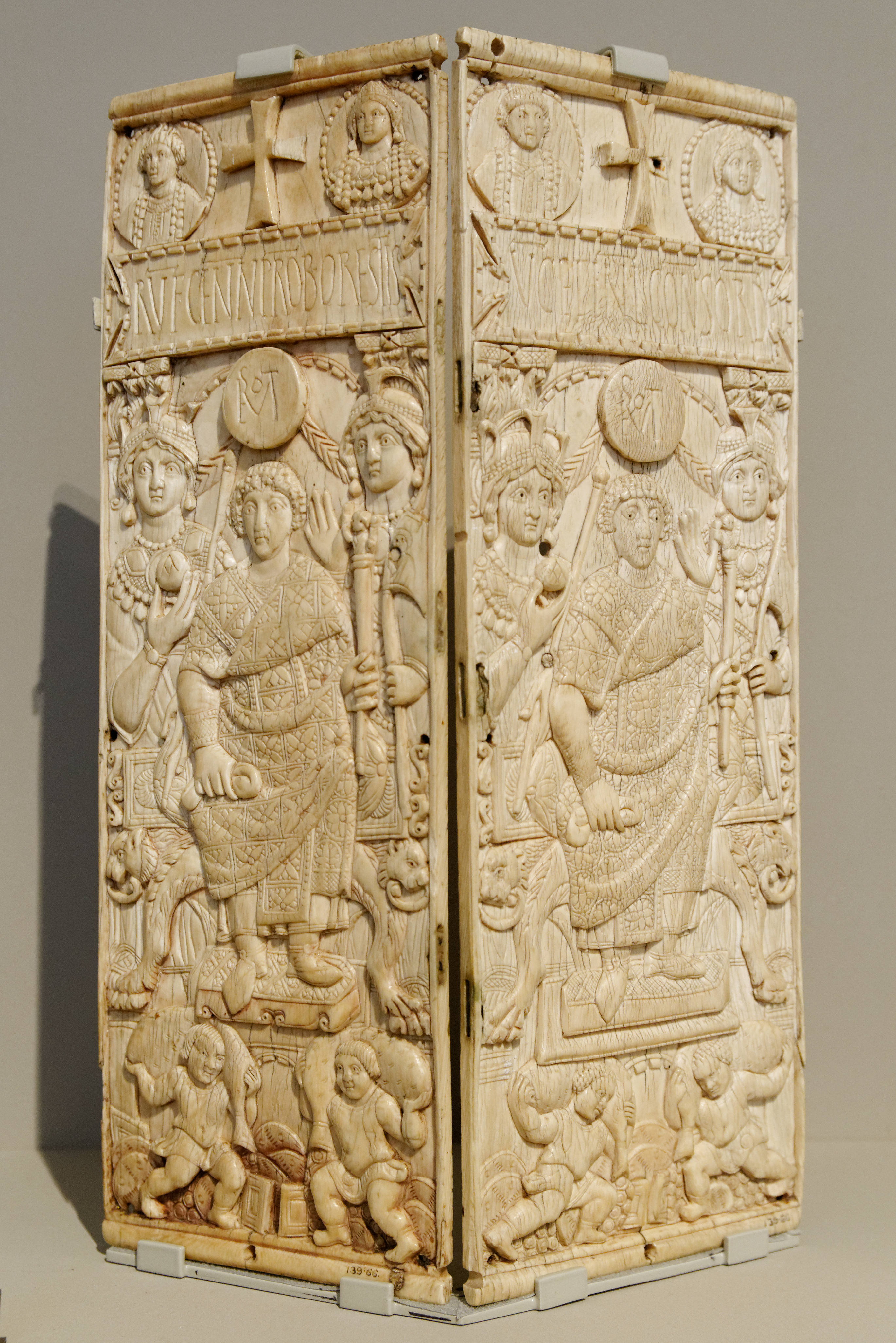|
495
__NOTOC__ Year 495 ( CDXCV) was a common year starting on Sunday of the Julian calendar. At the time, it was known in Rome as the Year of the Consulship of Viator without colleague (or, less frequently, year 1248 ''Ab urbe condita''). The denomination 495 for this year has been used since the early medieval period, when the Anno Domini calendar era became the prevalent method in Europe for naming years. Events By place Britannia * Cerdic of Wessex and his son, Cynric, land somewhere on the south coast, probably near the Hampshire-Dorset border. Their followers establish the beginnings of the Kingdom of Wessex. China * Emperor Xiao Wen Di of Northern Wei builds the Shaolin Monastery in Henan for the monk Batuo (for alternate founding date see 477 or 497). By topic Religion * Pope Gelasius I gains support from Italian bishops, in his assertion that the spiritual power of the papacy is superior to the emperor's temporal authority. Like his predecessors, the pope ... [...More Info...] [...Related Items...] OR: [Wikipedia] [Google] [Baidu] |
Finnian Of Movilla
Finnian of Movilla (–589) was an Irish Christian missionary. His feast day is 10 September. Origins and life Finnian (sometimes called Finbarr "the white head", a reference to his fair hair), was a Christian missionary in medieval Ireland. He should not be confused with his namesake Finnian of Clonard, nor should Movilla (Maigh Bhile) in County Down be mistaken for Moville in County Donegal. Traditional scholarship has it that he was a descendant of Fiatach the Fair and born in Ulster, but his lineage has been questioned lately by the American Celticist Thomas Owen Clancy. He apparently studied under Colman of Dromore and Mochaoi of Nendrum, and subsequently at Candida Casa ( Whithorn), after which he proceeded to Rome to complete his studies. Legend has it that whilst at Candida Casa, he played a prank (nature unknown) on Princess Drustice, the daughter of a Pictish king, who was in the ladies' section of the monastery, and perhaps had he not been so well conne ... [...More Info...] [...Related Items...] OR: [Wikipedia] [Google] [Baidu] |
Chlodomer
Chlodomer, also spelled Clodomir or Clodomer (c. 495 - 524) was the second of the four sons of Clovis I, King of the Franks. History Clodomir was the eldest son of Clovis and his wife, Clotilde. On the death of his father, in 511, he divided the kingdom of the Franks with his three brothers: Theuderic I, Childebert I, and Chlothar I. Chlodomer became King of the Franks at Orléans. This kingdom included, most notably, the bishoprics of Tours, Poitiers and Orléans. Chlodomer married Guntheuc, with whom he had three sons: Theodebald, Gunthar, and Clodoald. In 523–24, possibly at the instigation of his mother Clotilde, who was eager to avenge the death of her parents who had been allegedly assassinated by her uncle Gundobad, the father of Sigismund of Burgundy. From the sixth century on, the marriage of Clovis and Clotilde was made the theme of epic narratives, in which the original facts were materially altered and the various versions found their way into the works of ... [...More Info...] [...Related Items...] OR: [Wikipedia] [Google] [Baidu] |
Emperor Xiaowen Of Northern Wei
Emperor Xiaowen of Northern Wei ((北)魏孝文帝) (October 13, 467 – April 26, 499), personal name Tuoba Hong (拓拔宏), later Yuan Hong (元宏), was an emperor of China's Northern Wei dynasty, reigning from September 20, 471 to April 26, 499. Under the regent of Empress Dowager Feng, Emperor Xiaowen enacted a new land-tenure system named the equal-field system in 485, which was aimed at boosting agricultural production and tax receipts. The implementation of the equal-field system was largely due to the court's desire to break the economic power of local magnates who sheltered residents under their control living in fortified villages. Under this system, all land was owned by the state, and then equally distributed to taxpaying farmers. This system successfully created a stable fiscal infrastructure and a basis for universal military conscription for the Northern Wei, and continued well into the Tang dynasty. The equal-field program was coupled with another initiative, t ... [...More Info...] [...Related Items...] OR: [Wikipedia] [Google] [Baidu] |
Guntheuc
Guntheuc (also spelled Gondioc) ( 495 – 532) was a Frankish queen consort. She was first married to King Chlodomer and later to his younger brother, King Chlothar I. Life Guntheuc may have been of Burgundian origin and the granddaughter of Godegisel a King of Burgundy. In 517, she married Chlodomer, King of the Franks residing at Orléans. Together they had three sons: Gunthar, Theudebald, and Clodoald.Christian Bouyer, Dictionnaire des Reines de France, Librairie Académique Perrin, 1992 , p. 32-33Gregory of Tours, ''History of the Franks'', book III, 6. King Chlodomer led an expedition against the Burgundians in 524. He was killed on this expedition, in the spring or summer of the same year, at the Battle of Vézeronce. Soon after Chlodomer's death, his younger brother Clothar I, king at Soissons, married Guntheuc. Chlodomer's and Guntheuc's three sons were entrusted to their grandmother, Queen Clotilde. However, Clothar and his remaining brothers, Childebert I ... [...More Info...] [...Related Items...] OR: [Wikipedia] [Google] [Baidu] |
Amalasuintha
Amalasuintha (495 – 30 April 535) was a ruler of the Ostrogothic Kingdom from 526 to 535. Initially serving as regent for her son Athalaric, she became queen regnant after his premature death. Highly educated, Amalasuintha was praised by both Cassiodorus and Procopius for her wisdom and her ability to speak three languages (Greek, Gothic, and Latin). Her status as an independent female monarch, and obvious affinity for Roman culture, caused discontent among the Gothic nobles in her court, and she was deposed and killed after six months of sole rule. List of Roman emperors#Later Eastern emperors (457–1453), Eastern Roman Emperor Justinian I used her death as a ''casus belli'' to invade Italy, setting off the Gothic War (535–554), Gothic War. Family Amalasuintha was likely born in Ravenna in 495, the only child of Theodoric the Great, Theodoric and his wife Audofleda, the sister of Clovis I, Clovis, King of the Franks. The union of Amalasuintha's parents were of a political ... [...More Info...] [...Related Items...] OR: [Wikipedia] [Google] [Baidu] |
Cynric Of Wessex
Cynric () was King of Wessex from 534 to 560. Everything known about him comes from the ''Anglo-Saxon Chronicle''. There, he is stated to have been the son of Cerdic, who is considered the founder of the kingdom of Wessex. However, the Anglian King-list and parts of the West Saxon Genealogical Regnal List (which may partly derive from the Anglian King-list and was a source for the ''Chronicle''), instead says that Cynric was the son of Cerdic's son Creoda. Similarly, the paternal genealogy of Alfred the Great given in Asser's ''The Life of King Alfred'', includes the name Creoda, while the account of the king's maternal ancestry in the same work calls Cynric son of Cerdic. Name The name ''Cynric'' has an ostensibly straightforward Old English etymology meaning "Kin-ruler". However, this name's normal Old English form is ''Cyneric''. As some scholars have proposed that both his predecessor, Cerdic, and successor, Ceawlin, had Celtic names, an alternative etymology has been ... [...More Info...] [...Related Items...] OR: [Wikipedia] [Google] [Baidu] |
Roman Numerals
Roman numerals are a numeral system that originated in ancient Rome and remained the usual way of writing numbers throughout Europe well into the Late Middle Ages. Numbers are written with combinations of letters from the Latin alphabet, each with a fixed integer value. The modern style uses only these seven: The use of Roman numerals continued long after the Fall of the Western Roman Empire, decline of the Roman Empire. From the 14th century on, Roman numerals began to be replaced by Arabic numerals; however, this process was gradual, and the use of Roman numerals persisted in various places, including on clock face, clock faces. For instance, on the clock of Big Ben (designed in 1852), the hours from 1 to 12 are written as: The notations and can be read as "one less than five" (4) and "one less than ten" (9), although there is a tradition favouring the representation of "4" as "" on Roman numeral clocks. Other common uses include year numbers on monuments and buildin ... [...More Info...] [...Related Items...] OR: [Wikipedia] [Google] [Baidu] |
Shaolinsi
Shaolin Monastery ( zh, labels=no, c=少林寺, p=shàolínsì), also known as Shaolin Temple, is a monastic institution recognized as the birthplace of Chan Buddhism and the cradle of Shaolin kung fu. It is located at the foot of Wuru Peak of the Mount Song, Songshan mountain range in Dengfeng county, Zhengzhou prefecture, in Henan province, China. The name reflects its location in the ancient grove () of Mount Shaoshi, in the hinterland of the Songshan mountains. Mount Song occupied a prominent position among Chinese sacred mountains as early as the 1st century BC, when it was proclaimed one of the Sacred Mountains of China#The Five Great Mountains, Five Holy Peaks (). It is located some southeast of Luoyang, the former capital of the Northern Wei Dynasty (386–534), and southwest of Zhengzhou, the modern capital of Henan Province. As the first Shaolin abbot, Buddhabhadra (Shaolin abbot), Butuo Buddhabhadra devoted himself to translating Buddhist scriptures and preaching ... [...More Info...] [...Related Items...] OR: [Wikipedia] [Google] [Baidu] |
Husi Chun
Husi Chun () (495 – May 537), courtesy name Fashou (法壽), Xianbei name Daidun (貸敦), formally Prince Wenxuan of Changshan (常山文宣王), was a general and official of the Xianbei-led Northern Wei and Western Wei dynasties of China. Early career Husi Chun was a Xianbeified Chile, and his ancestors were tribal chiefs under Northern Wei's predecessor state Dai. During the reign of Emperor Xiaoming, Husi Chun's father Husi Zu (斛斯足) was one of the directors of husbandry—a mid-low level office in the imperial administration. At that time, Northern Wei was greatly affected by agrarian rebellions, and Husi Chun decided to take his household to follow the general Erzhu Rong. He served with distinction under Erzhu, showing tactical talent, and Erzhu made him a close associate. He participated in Erzhu's later plot with Emperor Xiaoming to try to overthrow Emperor Xiaoming's mother and regent Empress Dowager Hu. After Emperor Xiaoming's plot was discovered by Empre ... [...More Info...] [...Related Items...] OR: [Wikipedia] [Google] [Baidu] |
Cerdic Of Wessex
Cerdic ( ; ) is described in the ''Anglo-Saxon Chronicle'' as a leader of the Anglo-Saxon settlement of Britain, being the founder and first king of Wessex, reigning from around 519 to 534 AD. Subsequent kings of Wessex were each claimed by the ''Chronicle'' to descend in some manner from Cerdic. His origin, ethnicity, and even his very existence have been extensively disputed. However, though claimed as the founder of Wessex by later West Saxon kings, he would have been known to contemporaries as king of the Gewissae, a folk or tribal group. In a charter dating to 686, Cædwalla was the first king of the Gewissae to call himself 'King of the West Saxons'. Etymology The name ''Ċerdiċ'' is thought by most scholars to be Brittonic rather than Germanic in origin. According to the Brittonic origin hypothesis, ''Ċerdiċ'' is derived from the British name ''*Caratīcos'' or ''Corotīcos'' (whose Old Welsh form was ''Ceretic'').Yorke, B. (1995) ''Wessex in the Early Middle Age ... [...More Info...] [...Related Items...] OR: [Wikipedia] [Google] [Baidu] |
Byzantine Empire
The Byzantine Empire, also known as the Eastern Roman Empire, was the continuation of the Roman Empire centred on Constantinople during late antiquity and the Middle Ages. Having survived History of the Roman Empire, the events that caused the fall of the Western Roman Empire in the 5th centuryAD, it endured until the fall of Constantinople to the Ottoman Empire in 1453. The term 'Byzantine Empire' was coined only after its demise; its citizens used the term 'Roman Empire' and called themselves 'Romans'. During the early centuries of the Roman Empire, the western provinces were Romanization (cultural), Latinised, but the eastern parts kept their Hellenistic culture. Constantine the Great, Constantine I () legalised Christianity and moved the capital to Constantinople. Theodosius I, Theodosius I () made Christianity the state religion and Greek gradually replaced Latin for official use. The empire adopted a defensive strategy and, throughout its remaining history, expe ... [...More Info...] [...Related Items...] OR: [Wikipedia] [Google] [Baidu] |






